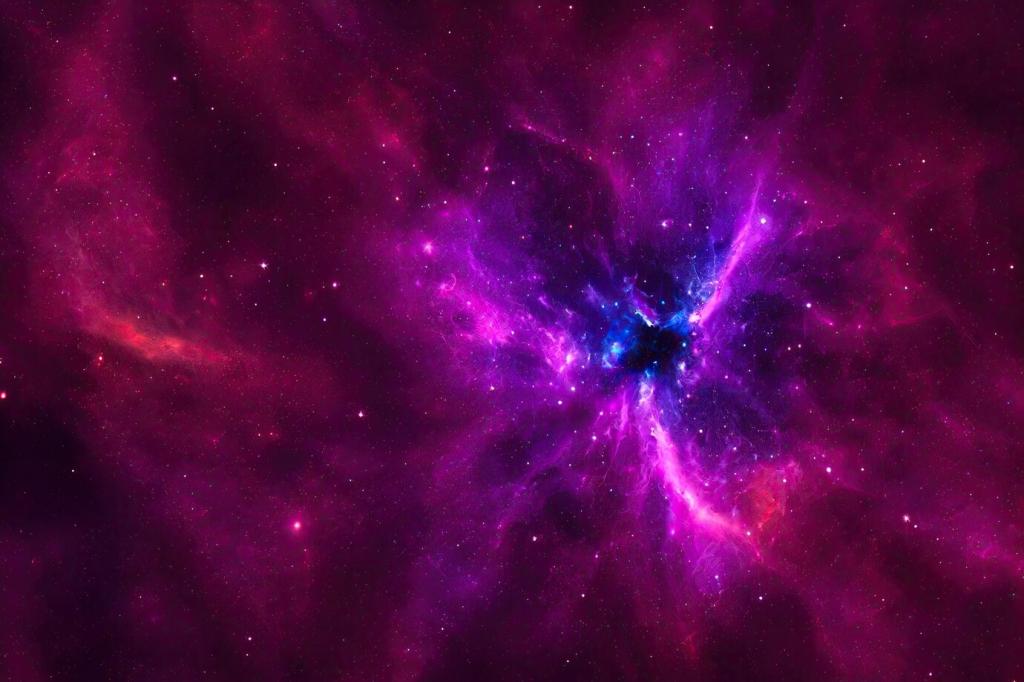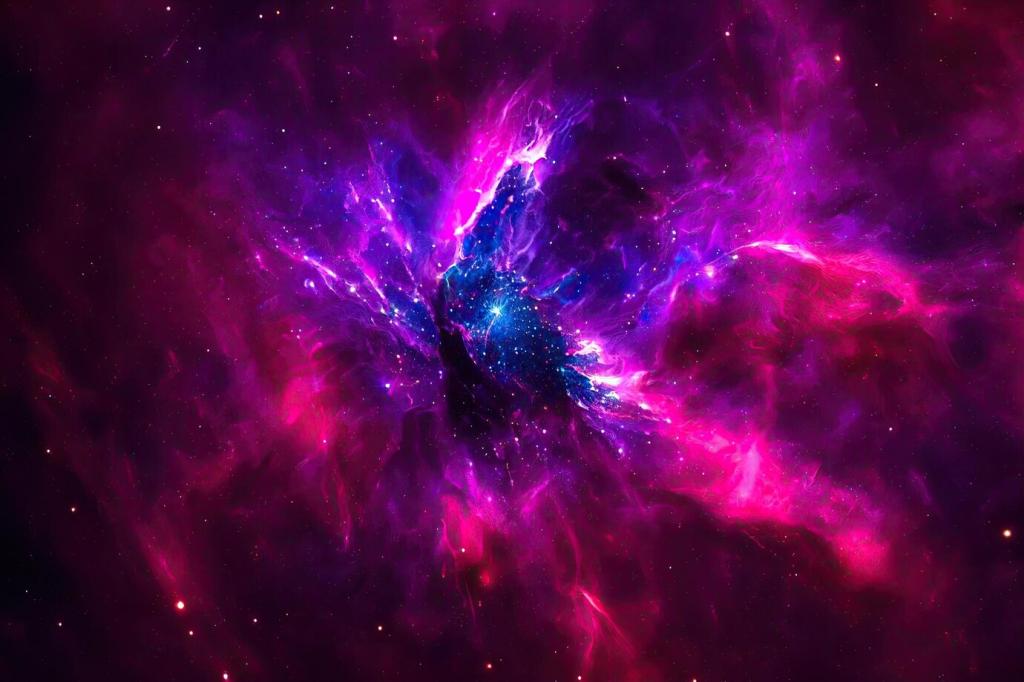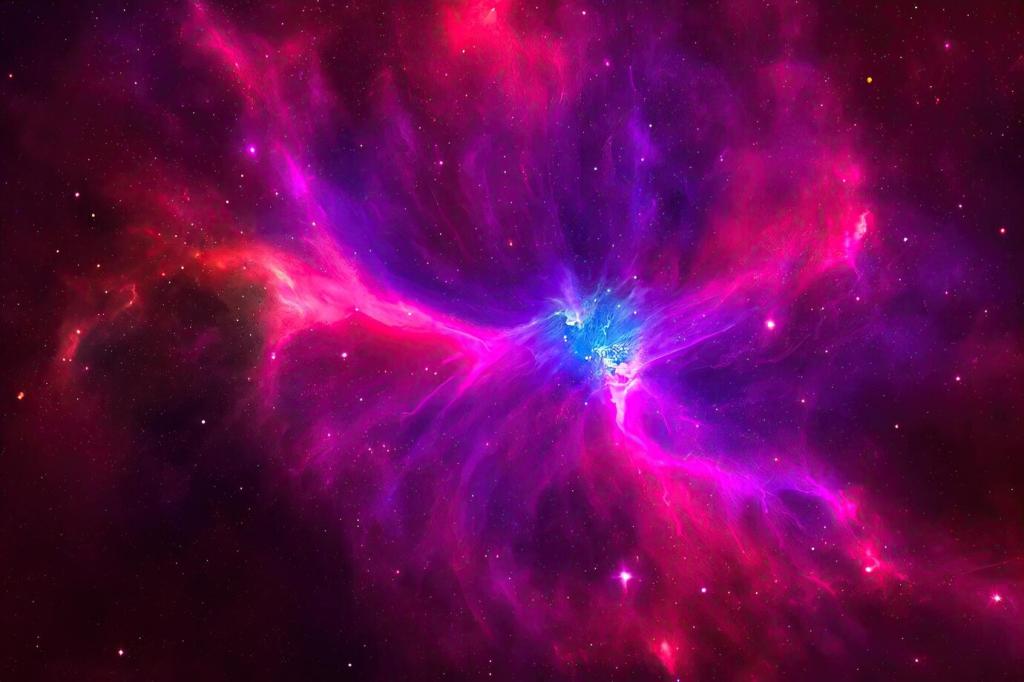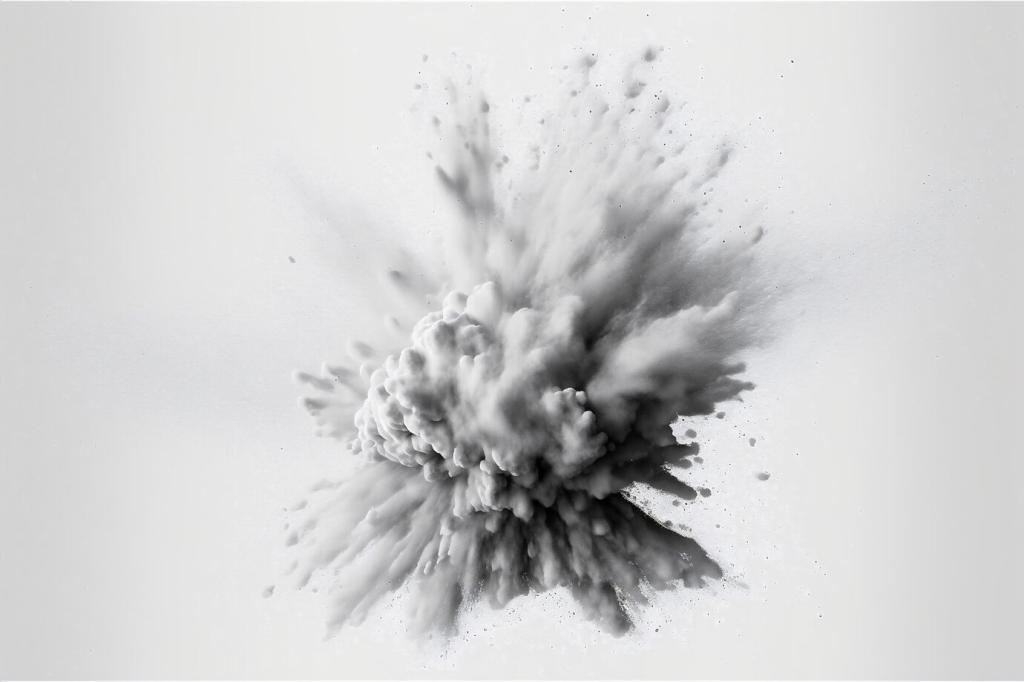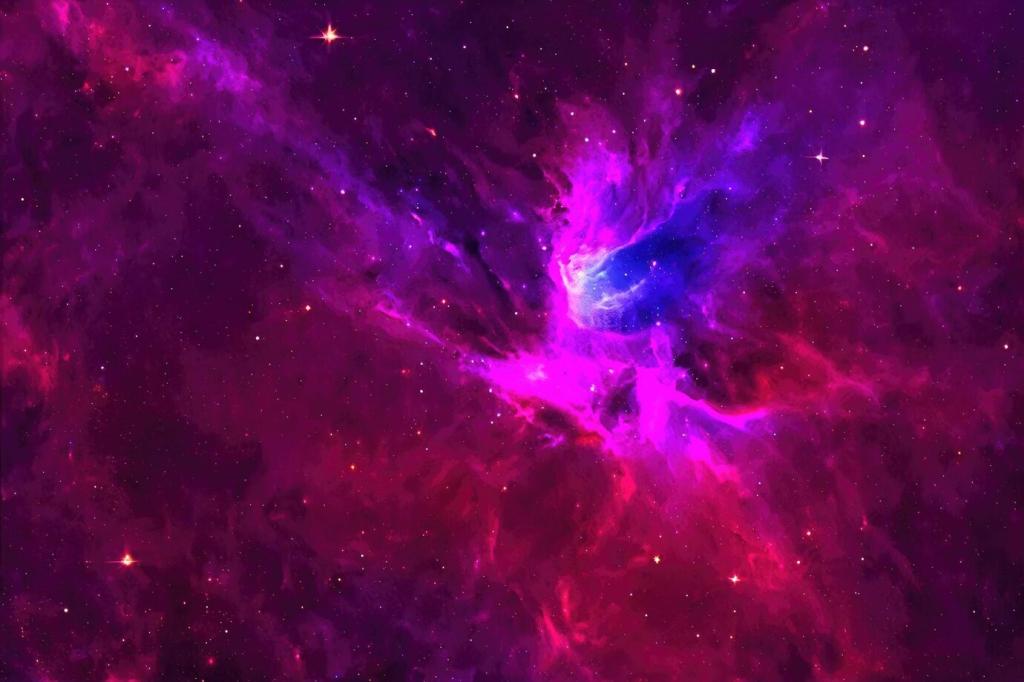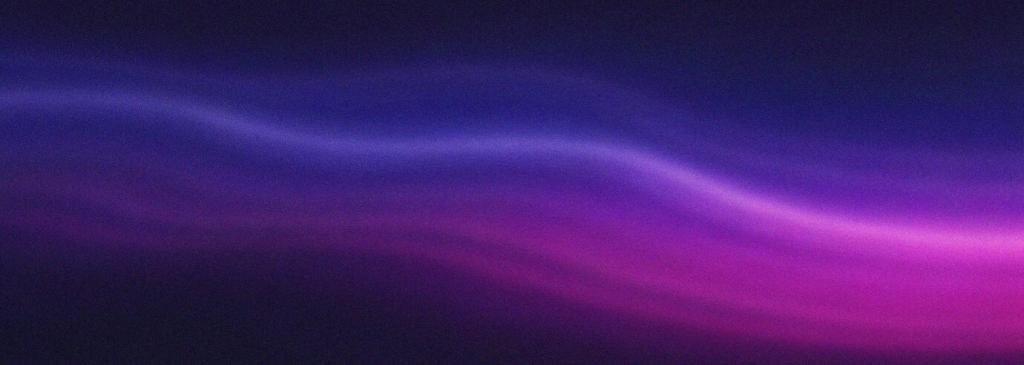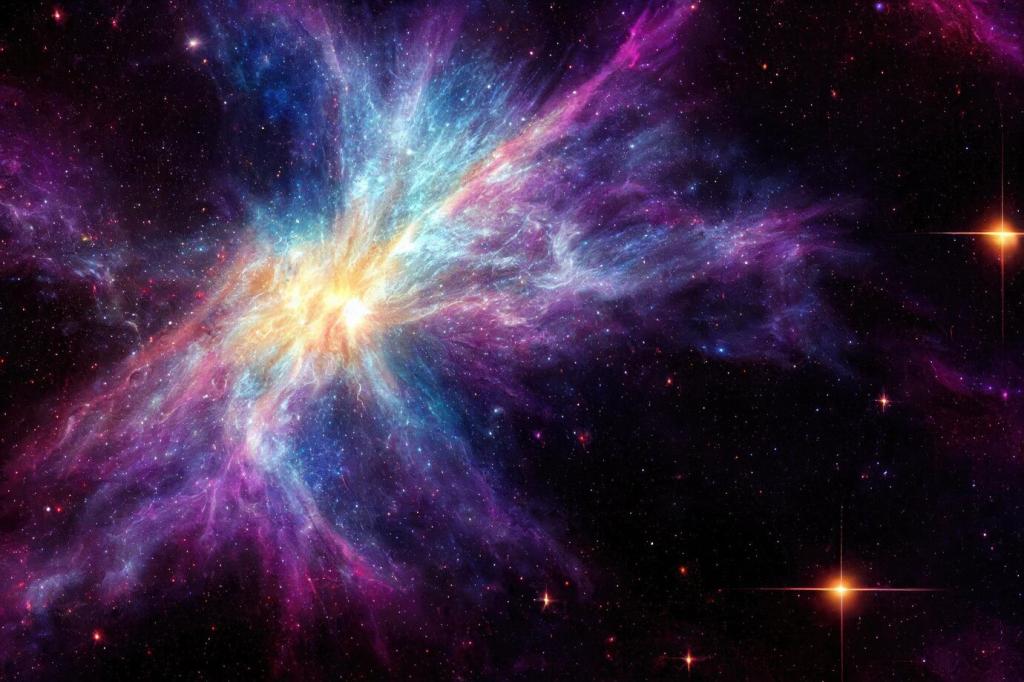Why Space-Themed Digital Illustrations Ignite Imagination
The first JWST deep-field image reminded many artists why space matters: silent immensity, jeweled galaxies, and light traveling billions of years. Translating that awe into digital brushwork can transform a canvas into a window, inviting viewers to lean in and dream a little further.
Why Space-Themed Digital Illustrations Ignite Imagination
The night Cassini ended its mission, I sketched Saturn’s rings until sunrise, layering soft glows to honor that graceful dive. That drawing taught me how memory fuels composition, letting technical choices serve an emotion rather than stifle it. What mission fuels your illustrative orbit?

